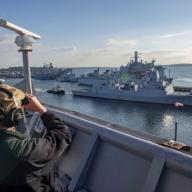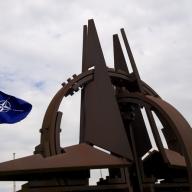Maritime disputes in the eastern Mediterranean: Why and why now?
In August 2020, Greek and Turkish frigates collided in the eastern Mediterranean. The Turkish ship had been escorting a Turkish seismic survey vessel, RV MTA Oruç Reis. The activities of the Oruç Reis, mapping for potential future oil and gas resources in waters disputed by Greece and Turkey, have been a cause of diplomatic and military tension.



